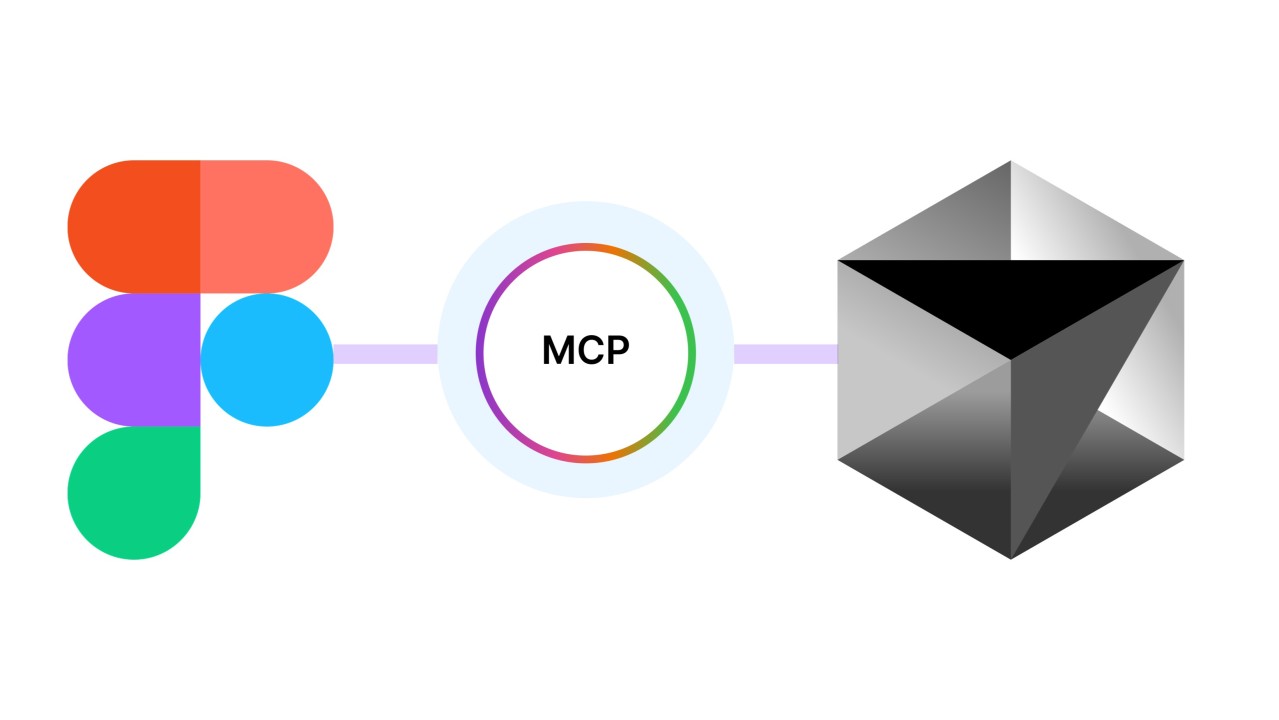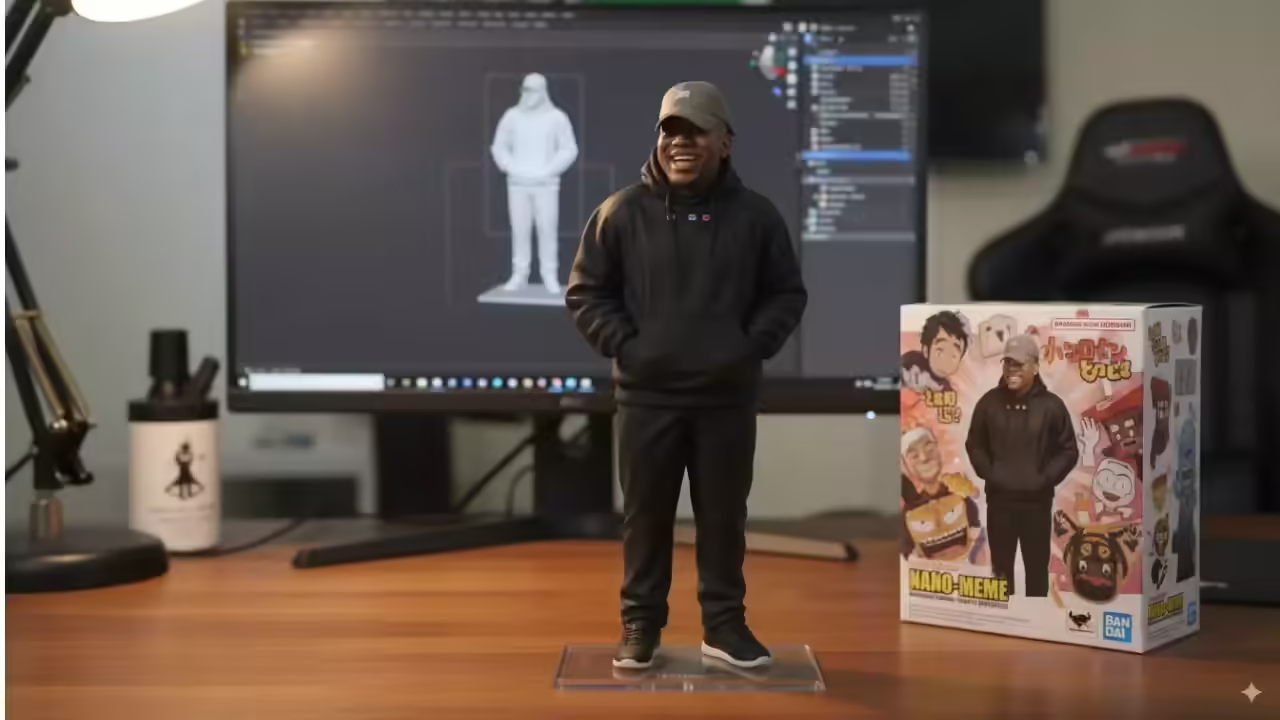Figma MCP + Cursor: Redefining the Design-to-Dev Workflow
Sakthi Raj
July 24, 2025 · 3 min read

Attention all designers and developers — the traditional handoff is evolving.
After Config this year, many anticipated that Figma Make would be one of the most transformative releases in the platform’s history. But as the excitement settled, a critical limitation became clear: while Figma Make is powerful for concept exploration, it struggles at the semantic level. It wasn’t built to carry design intent all the way to production-ready code.
That’s when Figma MCP (Model Context Protocol) started gaining serious attention.
By connecting MCP with tools like Cursor /VS Code, a new workflow has emerged — one that lets designers and developers work in semantic sync, not just visual alignment. This isn’t just about making specs easier to read. It’s about making designs intelligent, queryable, and code-ready.
What Is Figma MCP?
Figma MCP is an open protocol that allows external tools to interact with your design file at a structural level — beyond just pixels and layers. It enables:
- Access to design tokens, component metadata, and naming conventions
- Real-time querying of semantic structures
- Direct integration into development workflows (and AI tools)
Instead of pushing designs out and hoping for accurate implementation, you’re exposing design logic and structure directly to the tools developers use.
How MCP + Cursor / VS Code Changes the Game
When you plug MCP into tools like Cursor or a code editor like VS Code, you unlock a workflow that’s:
- Faster (less back-and-forth)
- Smarter (semantic tokens, not static specs)
- More collaborative (designers and devs using the same source of truth)
Designers can:
- Generate and preview real code (React, HTML) from their designs
- Structure components with tokens and logic in mind
- Validate design decisions against system rules
Developers can:
- Query Figma files in real time for design decisions
- Translate components with confidence, not guesswork
- Hook into real design systems — not pixel approximations
Dev Mode vs. MCP-Driven Workflows

Why It Matters for Designers
You don’t need to become a front-end developer to benefit from MCP. You just need to design with structure and intent:
- Use system tokens from the start
- Organize components semantically
- Let tools like Cursor translate your design into front-end code you can preview and refine
This gives designers more influence over implementation — and saves teams from endless “is this 8px or 12px?” debates.
Design Systems Love MCP
If your org uses a design system (and it should), MCP lets dev tools pull tokens, constraints, and components directly from the design file. That means:
- No more duplicated documentation
- Fewer mismatches in implementation
- Faster iteration and scaling
It’s design–dev parity in action.
The Future of Handoff Isn’t Handoff
Figma MCP doesn’t just improve handoff — it replaces it with a shared foundation for collaboration.
Design and development can now move in parallel, using the same source of structured truth. Cursor adds AI assistance, while VS Code ensures integration with production code.
You’re not “passing the baton.” You’re co-building the product surface.
Final Thought
If you’re a designer ready to work closer to implementation, or a developer looking for a cleaner, more contextual design pipeline — this is the workflow to watch.
Figma Make might have opened the door, but Figma MCP + Cursor is where real production collaboration begins.


